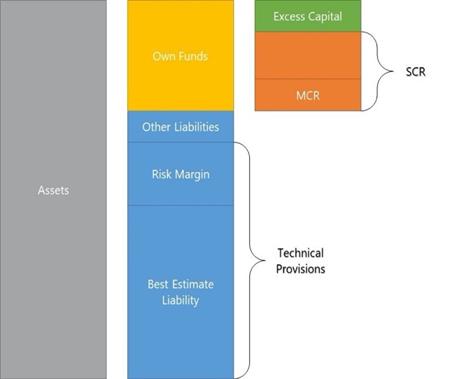
England and Wales Court of Appeal (Civil Division) Decisions
PLEASE SUPPORT BAILII & FREE ACCESS TO LAW
To maintain its current level of service, BAILII urgently needs the support of its users.
Since you use the site, please consider making a donation to celebrate BAILII's 25 years of providing free access to law. No contribution is too small. If every visitor this month gives just £5, it will have a significant impact on BAILII's ability to continue providing this vital service.
Thank you for your support!
You are here: BAILII >> Databases >> England and Wales Court of Appeal (Civil Division) Decisions >> Prudential Assurance Company Ltd and Rothesay Life Plc, Re [2020] EWCA Civ 1626 (02 December 2020)
URL: https://www.bailii.org/ew/cases/EWCA/Civ/2020/1626.html
Cite as: [2020] EWCA Civ 1626, [2021] Bus LR 259, [2020] WLR(D) 677



